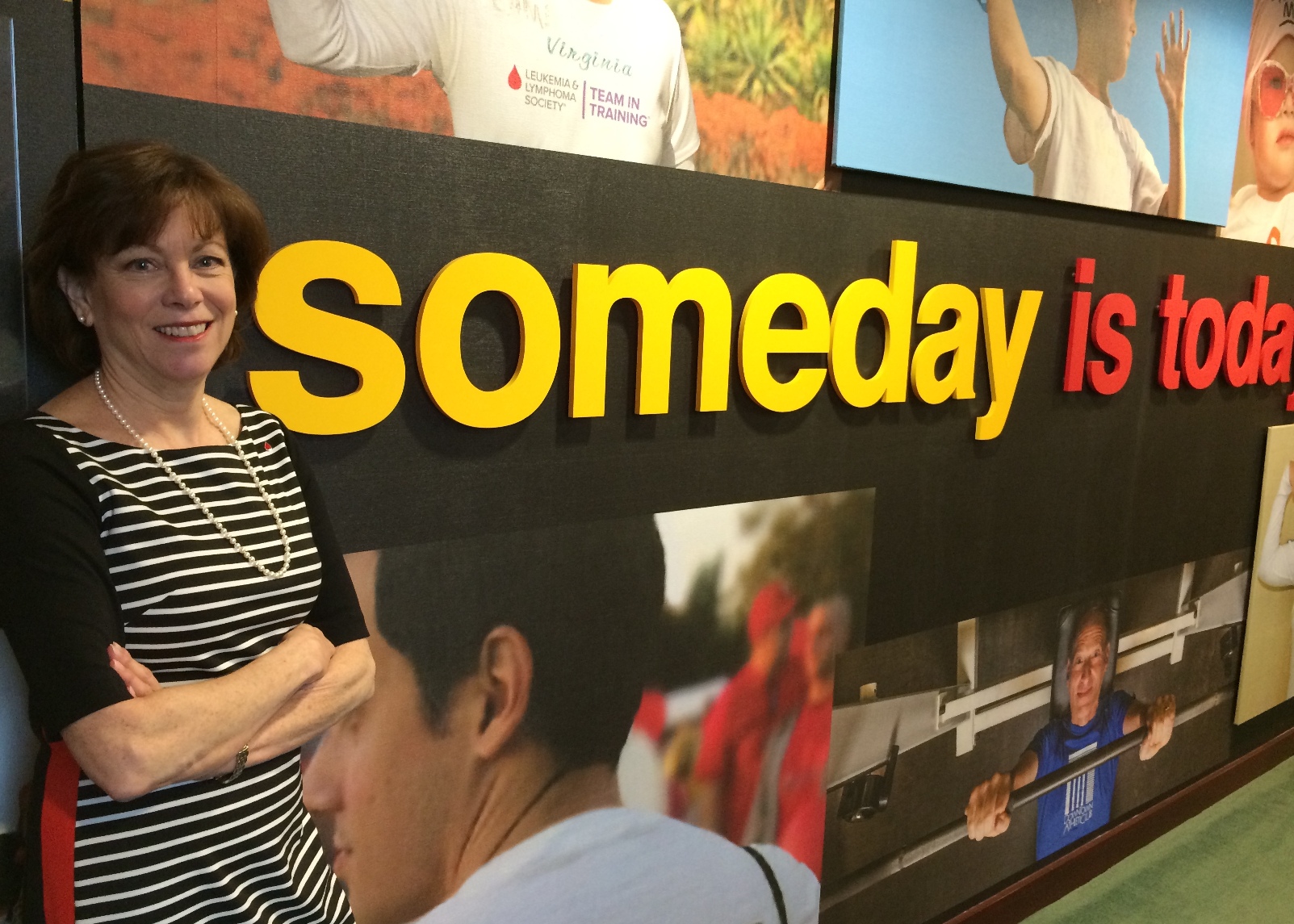
This blog is the third in a series.
With the recurrence, my doc scheduled me for a PET scan, explaining that this imaging test uses a radioactive substance to reveal areas of higher chemical activity – indicating cancer – where we otherwise might not see or feel a lump. Despite the innocuous name, there’s nothing warm and fuzzy about a PET. I was perched on the exam table, shivering in the ubiquitous thin, backless exam gown, when the technician entered – faceless in a full body radioactive hazmat suit. With obvious effort, he opened the heavy gray lead mini-sarcophagus he was holding, to reveal yet another larger-than-life needle in an industrial strength metal holder. Eyeing it, I fought back vertigo as I signed multiple release documents and then received an affidavit for me to carry stating that I was temporarily radioactive as the result of a medical procedure, not for some other nefarious reason. Just in case I planned on traveling anywhere for the next six months!
After all that drama, the actual test was a relief. You simply have to lie still in a big, slow moving tube for a full 60 minutes without moving while the radioactive tracer does its sleuthing. After 10 minutes of resisting the urge to scratch my nose, I gave up and fell asleep in the darkened room. A human glow stick. Very anticlimactic.
The results, on the other hand, were anything but. The test revealed that not only was the lymphoma back, but there was another malignant area behind my left knee. An escalation in treatment would be required. Time to move on to the next course in being a cancer patient: Cancer 201: How far we’ve come.
Looking back again, I see how very fortunate I was. Four years earlier Rituximab (Rituxan®) hadn’t yet cleared its clinical trials. Now, however, it was one of the first targeted therapies to successfully attack blood cancer cells without the devastating side effects of traditional chemo, and it had just been approved for use in relapsed NHL. I would be on a schedule of infusions once a week for four weeks, every six months, for the next two years. Apart from the anxiety of in-between CT scans and the inconvenience of the actual infusions (which, by the way, at least afforded me an undisturbed nap once a week!), there were no significant side effects.
It’s been seven years since I finished that last round of infusions. Now and probably forever, I start each day with an anxious pat-down in the shower, checking for lumps. So far, so good. I still see my doc annually, and he does remind me that I’m still not cured; it will come back. But – and it’s a big but – thanks to research like that funded by The Leukemia & Lymphoma Society (LLS), the understanding and treatment of blood cancers at a molecular and genetic level has taken a quantum leap. In fact, the development of Rituxan -- the drug that put me into my “unofficial” remission – was funded by LLS grants, and looking at the grants currently under way, I’m pretty confident that when I do relapse again, there will be a new, more effective treatment.
I’m not a scientist; but I understand just enough to appreciate the excitement emanating from the research community we serve. It’s palpable – the feeling that the next breakthrough is just around the corner; that understanding and technology are converging to help researchers achieve what was unimaginable just a few years ago; that advances in treating blood cancers are showing tremendous promise in treating other cancers as well.
I’m not usually a lucky person, but in this case, my “cancer number” does seem to have come up at just the right time. If that’s the only lottery I ever win, I’ll count myself fortunate indeed.
This blog is the third in a series.
To read Blog #1: "Cancer in the Waiting Place," please click here.
To read Blog #2: "Going to School on Cancer," please click here.
